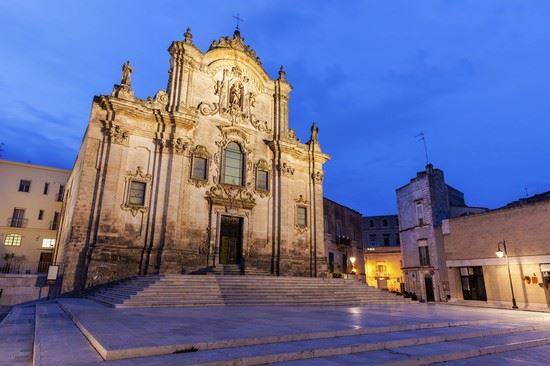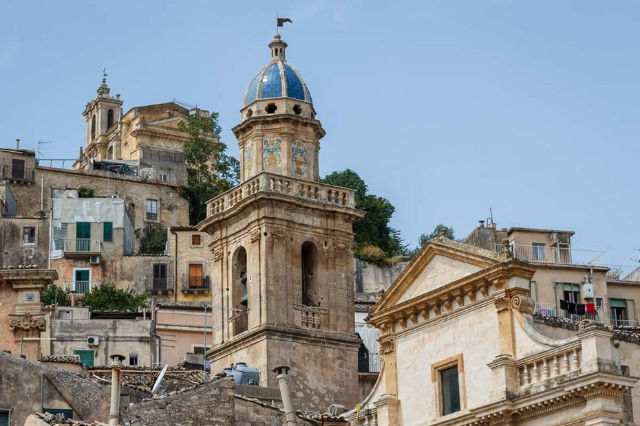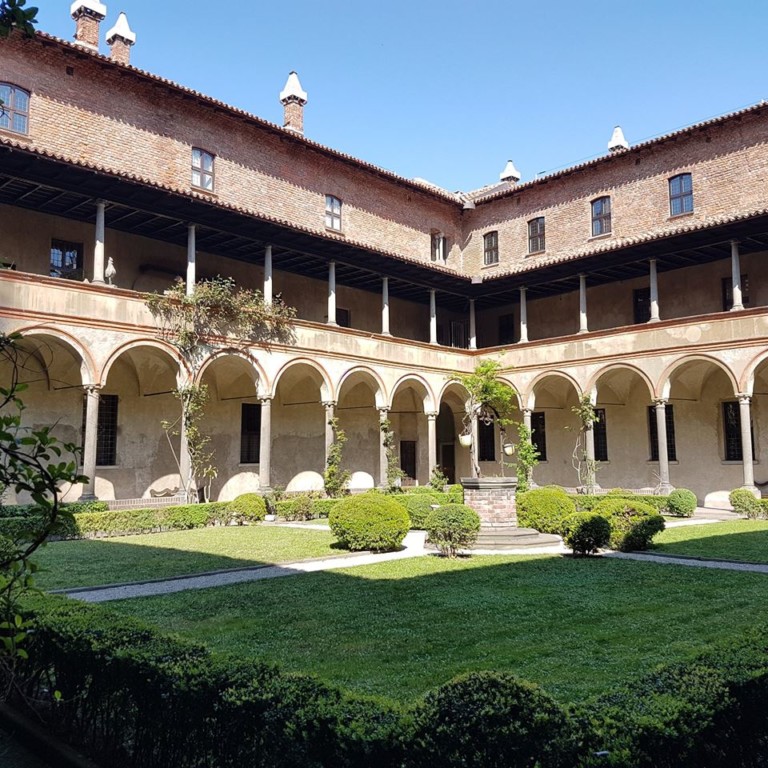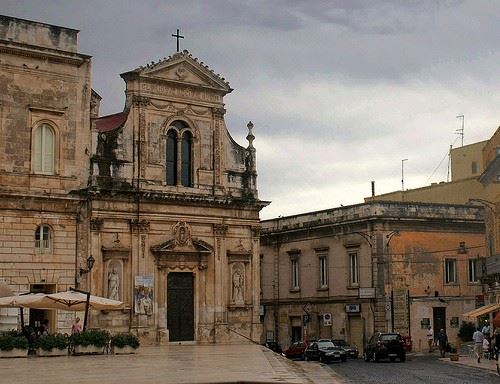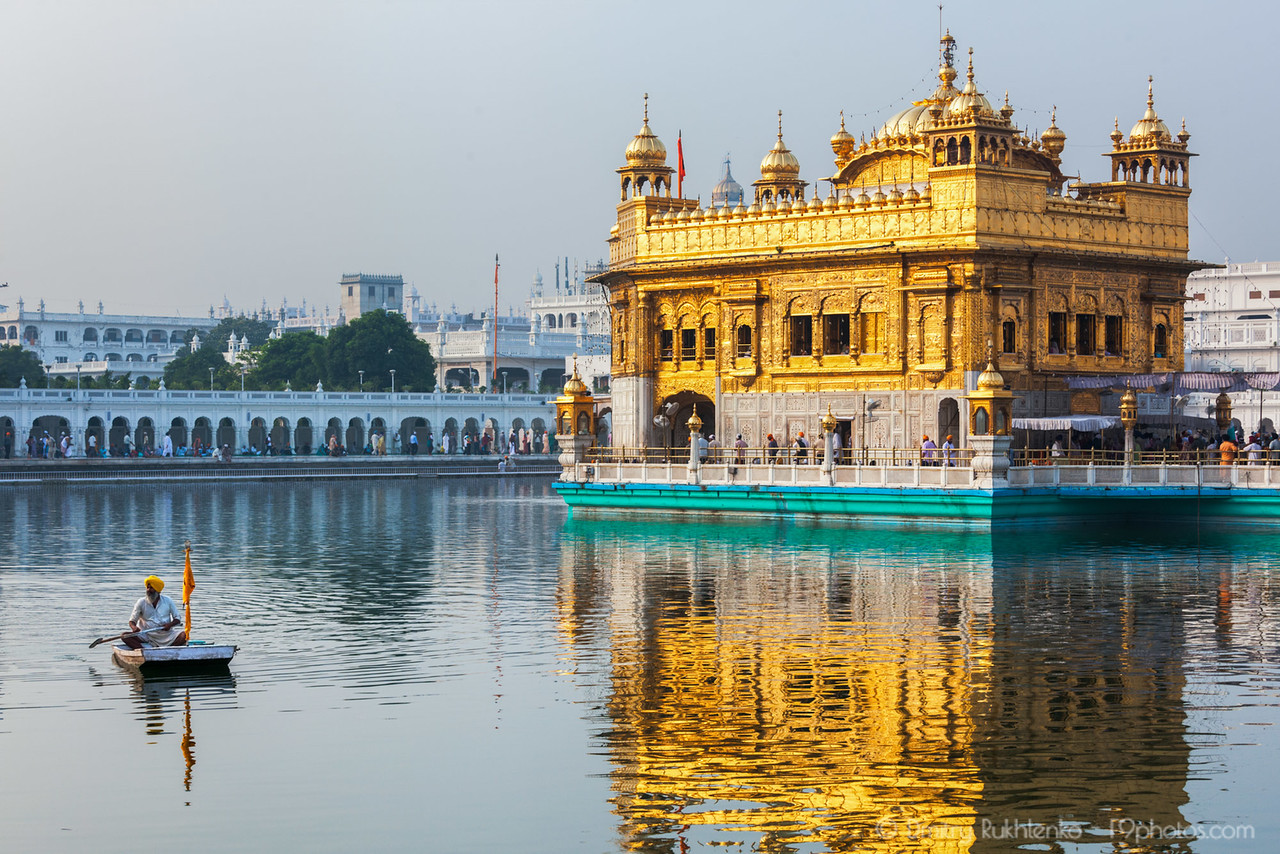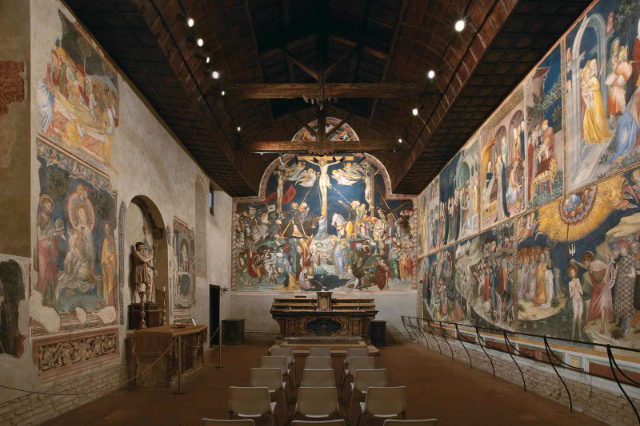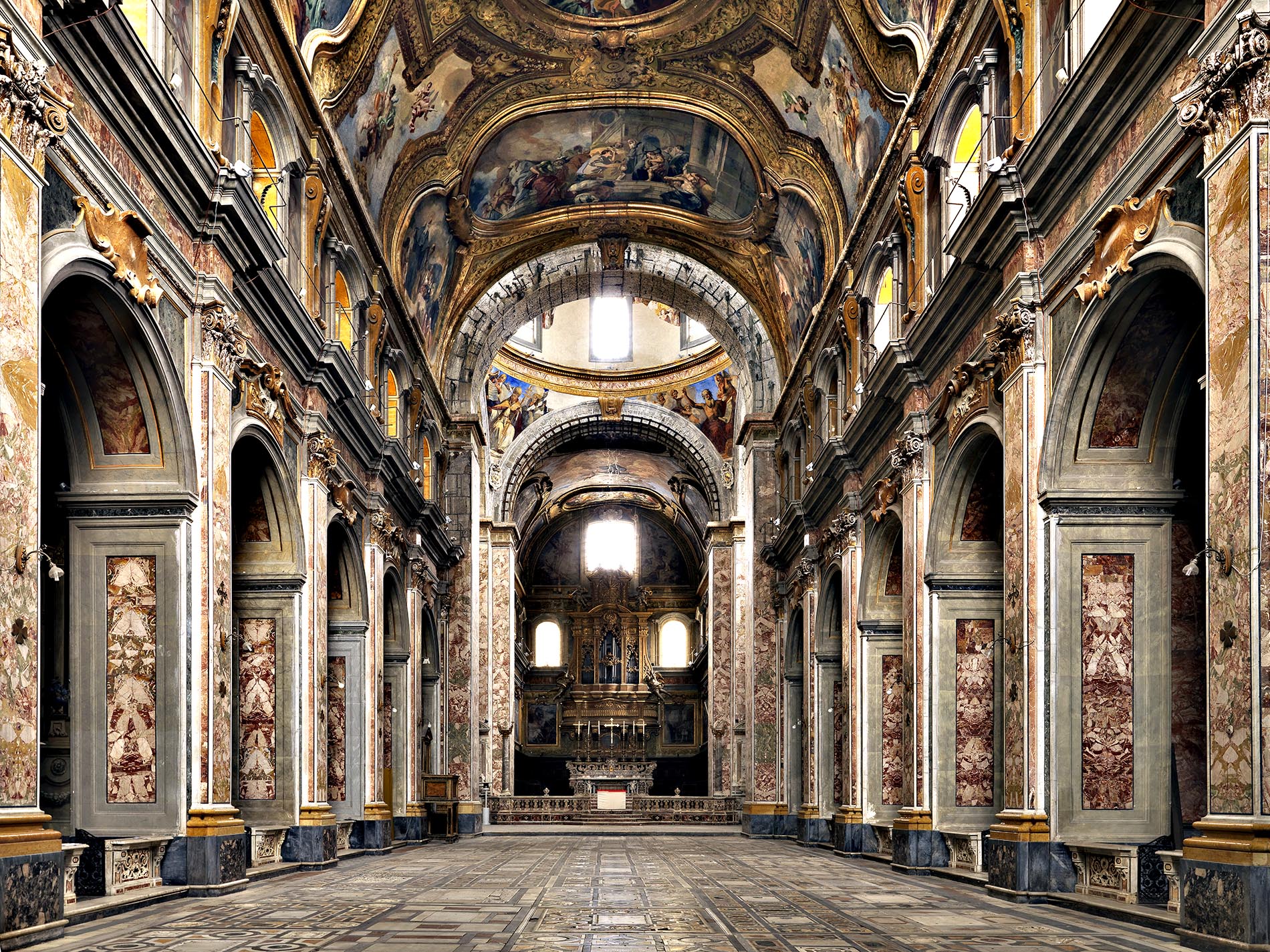The church of San Francesco D’Assisi overlooks a large square under which there is an interesting archaeological area that has elements in common with the entrenched villages; during the Middle Ages this area was used as a burial place.
The first building dedicated to St. Francis of Assisi, dates back to 1200 and was built on an underground nucleus dedicated to Saints Peter and Paul, which can still be visited today by passing through a trapdoor located inside the present church.
The façade took on its present shape in the eighteenth century and represents a further example of Baroque style. It is marked by pilasters and is divided into two parts defined by a stringcourse cornice that develops on the sides. In the lower part the portal and five windows are embellished with decorative elements of floral character; in the upper part there is a central niche in which there is a statue of the Madonna while at the ends of the cornice there are the statues of St. Francis on the right and St. Anthony of Padua on the left.
The single nave interior includes several side chapels, there are also numerous paintings by Neapolitan masters that contribute to increase the artistic value of this place of worship. The most interesting works are a polyptych of the XV century articulated in 9 panels representing the Madonna and some saints, and a stoup of the XIII century carved in stone and placed near the entrance.
